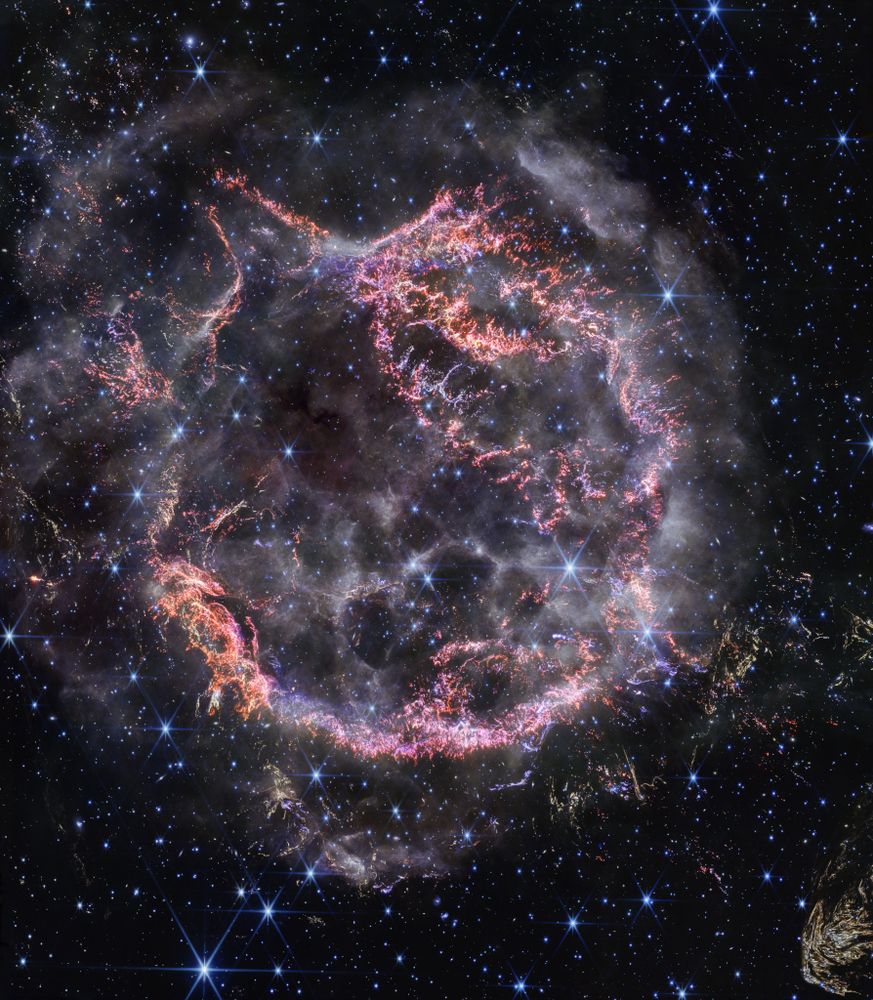Amruta
@amruta.bsky.social
750 followers
220 following
24 posts
Pulsar astronomer with deep interest in astro-data science
Dog-mom, music-nerd, thinks neutron stars are cool!
Posts
Media
Videos
Starter Packs
Amruta
@amruta.bsky.social
· Jan 26
Reposted by Amruta
Reposted by Amruta
Amruta
@amruta.bsky.social
· Jan 9
Amruta
@amruta.bsky.social
· Jan 9
Amruta
@amruta.bsky.social
· Jan 9
Amruta
@amruta.bsky.social
· Jan 9
Amruta
@amruta.bsky.social
· Jan 9
Amruta
@amruta.bsky.social
· Jan 9
Amruta
@amruta.bsky.social
· Jan 9
Reposted by Amruta
Amruta
@amruta.bsky.social
· Dec 14
Reposted by Amruta
Reposted by Amruta
Reposted by Amruta
Amruta
@amruta.bsky.social
· Nov 15
Reposted by Amruta














